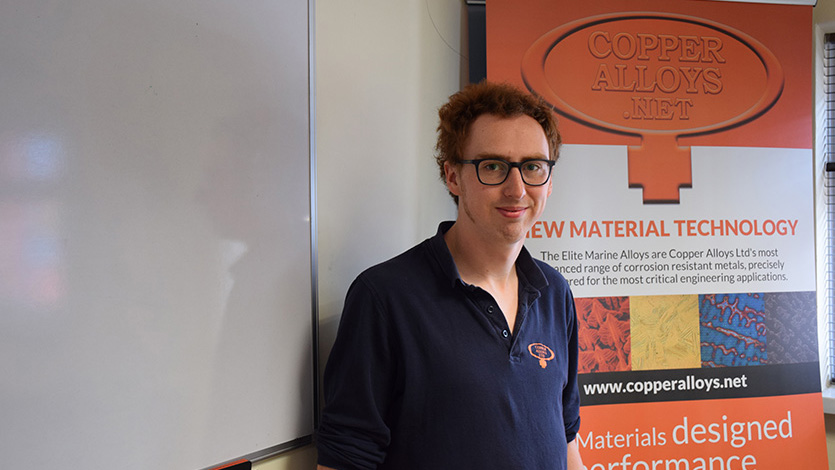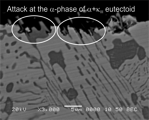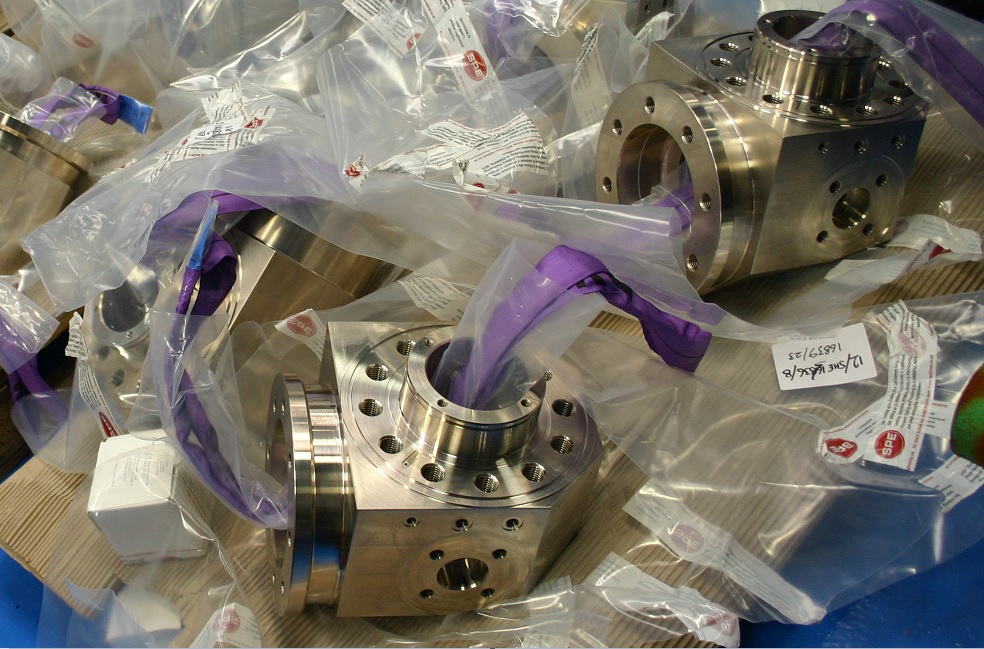1. What was the project?
Transient Thermal Analysis Project - in short modelling heat distribution over time in relation to heat treatment and forging.
2. Why did you/Copper Alloys get to work on this problem?
I’ve got the correct skill set. I studied mechanical engineering at University including a significant amount of thermodynamics. The purpose is to enhance properties by minimising internal billet stresses during heating stages. During the preheat of a large billet you can easily build up huge amounts of stress internally, so the aim is to ensure that we can reliably heat even the most difficult of materials.
3. Who is the client and what outcomes are they expecting?
This process will benefit the majority of our customers who use either forged or heat treated materials. We expect to be able to produce metals with more precision and reliability, and be able therefore to home in on increasingly specific combination of physical properties.
4. Why do you think they chose Copper Alloys to work on this problem?
Heat treatment is really important, it can make or literally break the metal we are trying to produce. We believe that this project, as well as making better metal, will help us make it more efficiently as the process will be more precise. The end product is to have more reliable production processes for complex material such as the Elite Alloys.
5. What is the biggest challenge?
Making sure that the model is an accurate representation is the biggest challenge. In finite element analysis, as with any method, your outcome is only as good as the data you input and the parameters you set.
6. What was the timeline?
It’s a three-month project to prove the technique, but once this has been done it can be used continually to improve out materials and our process routes.








 United Kingdom
United Kingdom